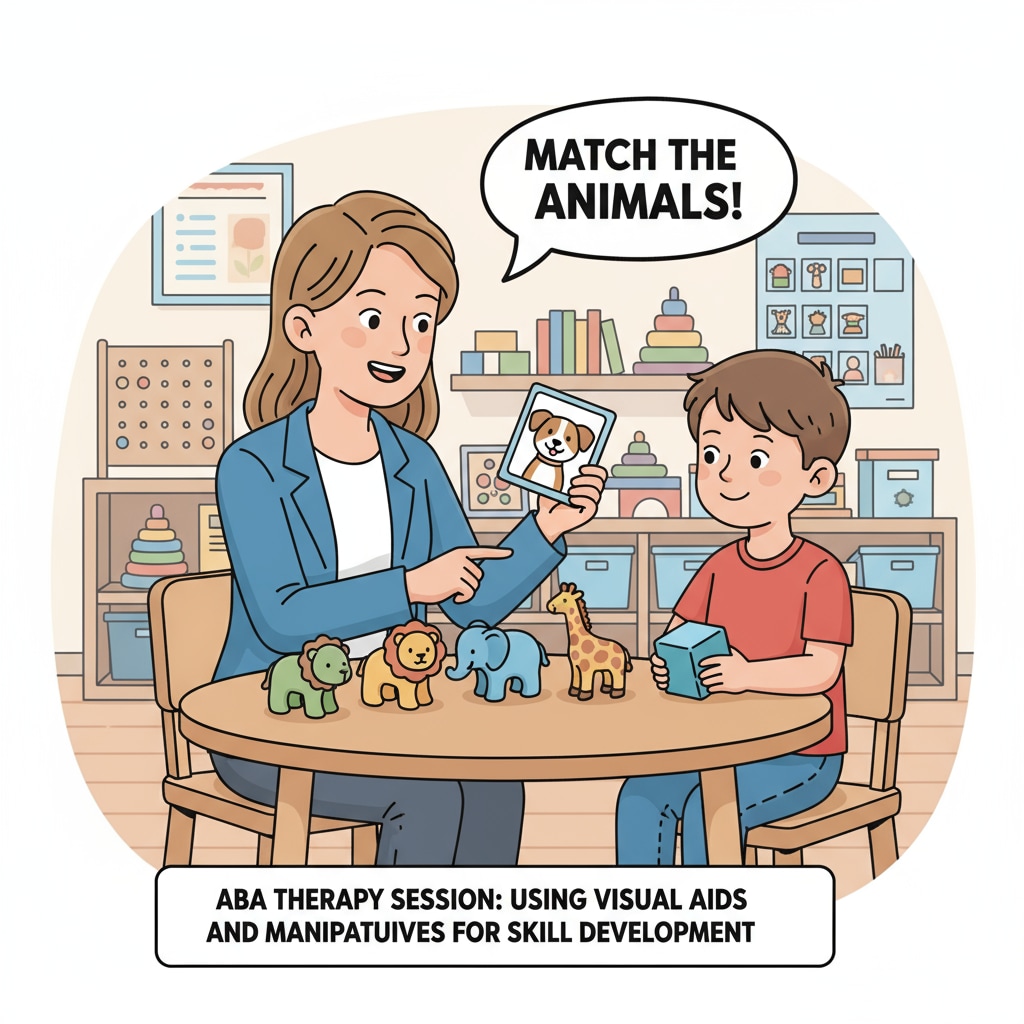Teacher career transition, professional development, and ABA therapy are topics that hold significant importance for educators exploring new paths. For primary school art teachers, the thought of a career shift can be both exciting and daunting. Consider Sarah, a passionate primary school art teacher who had been inspiring young minds through colors and creativity for years. However, after a while, she felt a growing desire for a new challenge and a different way to make an impact. This led her to explore the possibility of transitioning into the field of ABA therapy.

The Intersection of Education Background and ABA Therapy
One of the first steps in any career transition is to assess how one’s existing skills and education can be applied to the new field. For art teachers, there are several aspects of their educational background that align well with ABA therapy. Firstly, the ability to understand and work with children is a fundamental skill in both art teaching and ABA therapy. Art teachers are accustomed to observing children’s behavior, interests, and learning styles, which is also crucial in ABA therapy. According to Wikipedia’s page on Applied Behavior Analysis, ABA therapy focuses on understanding and modifying behavior, and the observational skills honed by art teachers can be a valuable asset.
In addition, art teachers often possess strong communication skills. They need to explain artistic concepts to young students and encourage them to express themselves. Similarly, in ABA therapy, effective communication with clients and their families is essential. Art teachers are also creative problem solvers, as they constantly find ways to engage students in art activities. This creativity can be transferred to the field of ABA therapy, where therapists need to develop individualized treatment plans for each client.

Practical Steps for Transitioning to ABA Therapy
Once an art teacher decides to pursue a career in ABA therapy, there are several practical steps to take. The first is to gain a solid understanding of ABA therapy principles and techniques. This can be achieved through online courses, workshops, or even enrolling in a formal degree program. Many universities and institutions offer courses in ABA therapy that can provide a comprehensive foundation. For example, Britannica’s entry on Applied Behavior Analysis provides detailed information about the concepts and practices in this field.
After gaining theoretical knowledge, hands-on experience is crucial. Seeking internships or volunteer opportunities at ABA therapy clinics can help art teachers get a feel for the actual work environment. Building a professional network within the ABA therapy community is also important. Attending conferences and joining professional organizations can connect them with experienced therapists who can offer advice and support. Finally, obtaining relevant certifications can enhance their credibility and job prospects in the field.
In conclusion, teacher career transition, professional development, and ABA therapy offer a world of possibilities for primary school art teachers. With careful consideration of their skills, education, and taking the right steps, they can successfully embark on a new and fulfilling career journey in the field of ABA therapy.
Readability guidance: This article uses short paragraphs and lists to summarize key points. Each H2 section provides practical information in a clear and accessible manner. The passive语态 is used sparingly, and transition words like “however”, “therefore”, and “in addition” are used to enhance the flow of the text.


